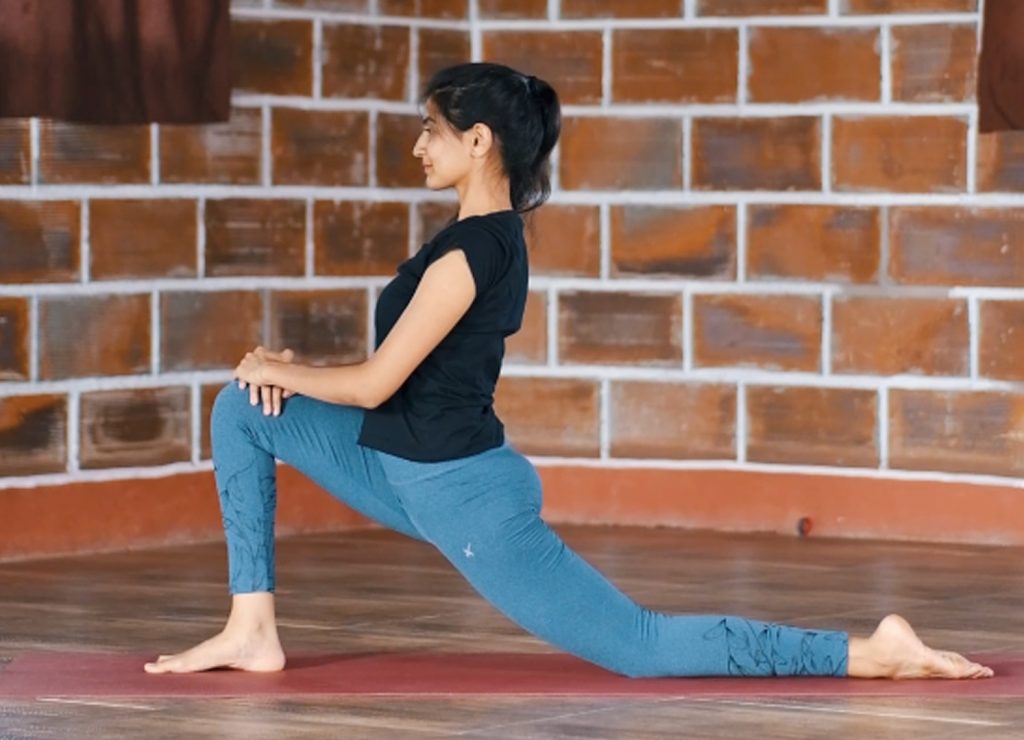How to loosen your tight hips?
We all are aware that there are a variety of yoga workshops that take place across the world at any given time. Out of these sessions, the most common topic is “Hip Openers” or yoga for tight hips.
So here is something that might be helpful in understanding your hip better before the next time you attend a workshop.
What is Hip Joint?
A ball and socket joint.
It is a joint in which the rounded head of one bone fits into a cuplike cavity of the other and admits movement in any direction.

The hip joint is the junction where the leg is connected to the trunk of the body. It is made of two bones – the thigh bone (or the femur) and the pelvis (consisting of 3 major bones – ilium, ischium, and the pubis).
The major muscles present in this region are-
- the gluteal muscles
- adductors
- iliopsoas
- rectus femoris
- the hamstring muscles
Furthermore these muscles are grouped based upon their functions relative to the movements of the hip. So, you must now be thinking how directions does this joint move in?
Movements of the Hip
According to yogic practices, it is said that the hip moves in 8 directions. Since it is a ball and socket joint, it is capable of moving in all directions / 360 degrees. But anatomically speaking, the hip has only 6 movements. Namely –
- Flexion – Thigh moving closer to the chest. For example, Pawana muktasana (wind relieving asana)
- Extension – Thigh going behind the spine line. For example, Dhanurasana (bow pose)
- Adduction – Moving the thighs towards to each other. For example, Gomukhasana (cow pose)
- Abduction – Moving the thighs away from each other. For example, Malsana (garland pose)
- Internal rotation – Rolling the inner thighs towards each other. For example, Upavistha Konasana (wide-angle seated forward bend)
- External rotation – Rolling the thigh outwards, away from each other. For example, Baddha Konasana (bound angle or butterfly pose)
Yes, these terms sounds a little complex. Nevertheless, to make it simple for you, we have listed a bunch of asanas help loosen the hips (yoga for tight hips) in a considerable amount of time in this article.
But the question remains –
Why we need yoga for tight hips?
Opening the hips has numerous benefits. An open hip means a healthy body posture, healthy joints, and utmost mental awareness. Hence the stability provided to the spine by a mobile hip prevents the possibility of injuries, and uplifts the overall spinal health. This in turn gives a good body posture.
Not just to the spine, but this junction also promotes lower body health. It prevents any extra load of weight posed to the joints. This prevents any possible cases of osteoarthritis.
It is believed that the majority of the stress or tension is stored in this region. Apart from the physical benefits, loosening the hips also helps release emotions, become more expressive, and creative in the long run.
Now, to answer your question of how do we go about this process…
How do we do “Yoga for tight Hips?”
Here’s a set of asanas you can practice safely at home:






It is safe to say that a progressive practice of all the above-mentioned asanas (that moves the hips in all directions ). It will bring a considerable change in one’s hip mobility in a few months’ or years’ time. Along with that improving the mobility of the hip, it is also important to stabilize and strengthen the hip.
Here’s why –
A stable hip helps exert equal weight on both the feet. Both the feet are responsible for activation of the opposite hemispheres of the brain. Therefore, equal weight on both the feet results in full activation of the brain and heightened awareness of the individual.
Well, are you convinced to work on those tight hips now? Here’s a sequence of yoga for tight hips you can follow along for a better practice-

